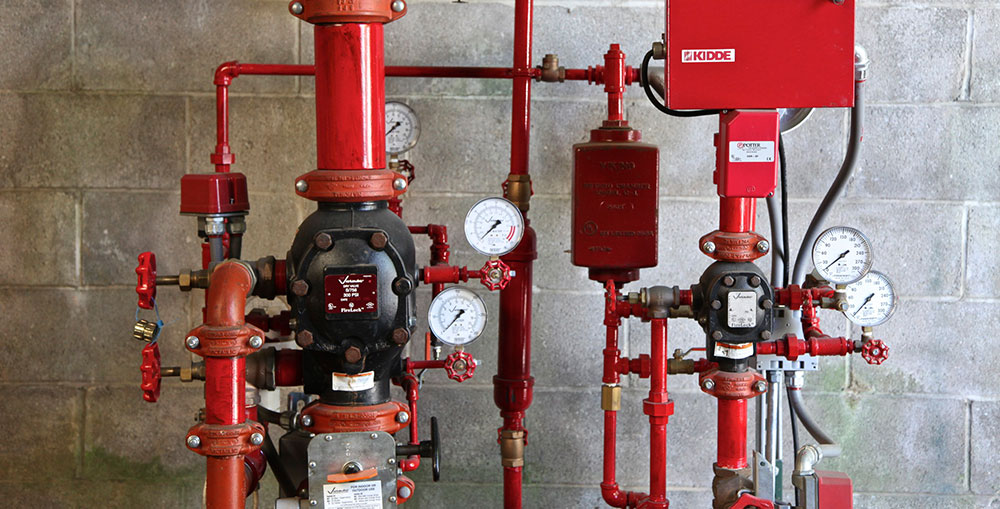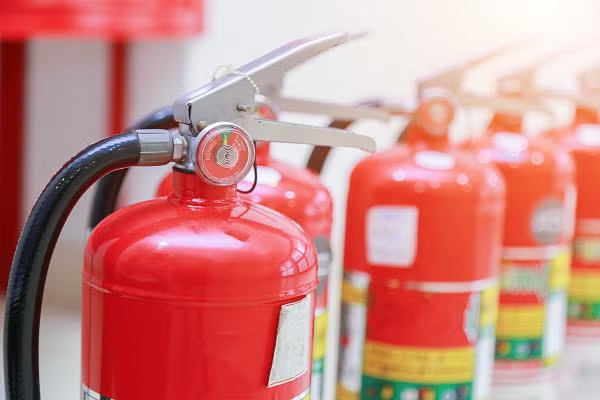Drum Drips and Winter Preventative Maintenance: As winter approaches, many businesses and homeowners face the challenge of maintaining their properties and equipment to prevent costly damage.
One essential aspect of this maintenance is understanding what drum drips are and how they can impact your operations during the colder months.
In this blog post, we will delve into the concept of drum drips, their significance, and effective winter preventative maintenance strategies to keep your systems running smoothly.
What Are Drum Drips?
Drum drips are a term often used in the context of various industrial and mechanical systems, particularly in heating, ventilation, and air conditioning (HVAC) setups. They refer to the condensation that forms in a drum or tank due to temperature fluctuations. This moisture can accumulate and create problems if not managed correctly.
Causes of Drum Drips
Drum drips typically occur when warm, humid air comes into contact with a cool surface, leading to condensation. In HVAC systems, this can happen in the following scenarios:
- Temperature Changes: When the temperature drops, condensation forms inside ducts, tanks, or drums.
- Humidity Levels: High humidity in the environment increases the likelihood of condensation.
- Inefficient Insulation: Poorly insulated systems are more prone to temperature fluctuations, contributing to drum drips.
Impacts of Drum Drips
The accumulation of moisture from drum drips can lead to several issues, including:
- Corrosion: Excessive moisture can cause corrosion in metal components, leading to equipment failure.
- Mold and Mildew: Standing water or high humidity levels can promote the growth of mold and mildew, posing health risks.
- Inefficiency: Moisture can affect the efficiency of HVAC and other systems, leading to increased energy costs.
- Operational Downtime: In severe cases, drum drips can cause equipment failures, resulting in costly downtime.
Winter Preventative Maintenance
Preventative maintenance is crucial for mitigating the risks associated with drum drips during winter months. By taking proactive measures, you can ensure your systems operate efficiently and reduce the likelihood of damage.
1. Insulation
One of the first steps in winter preventative maintenance is to ensure that all pipes, tanks, and ducts are adequately insulated. Insulation helps maintain temperature consistency and reduces the chances of condensation forming.
- Types of Insulation: Consider using fiberglass, foam, or reflective insulation, depending on your system’s needs.
- Inspection: Regularly inspect insulation for wear and tear, and replace any damaged sections.
2. Drainage Systems
Effective drainage systems are essential for managing any water that does accumulate. Ensure that all drainage lines are clear and functioning properly.
- Check for Blockages: Inspect drainage lines for debris or blockages that could prevent proper water flow.
- Install Drip Pans: Consider installing drip pans under equipment to catch any condensation that may form.
3. Humidity Control
Maintaining optimal humidity levels is crucial in preventing drum drips. Use dehumidifiers or HVAC systems with humidity control features to keep moisture levels in check.
- Monitor Humidity: Invest in hygrometers to monitor indoor humidity levels regularly.
- Adjust Settings: If humidity levels rise, adjust your HVAC settings or use additional dehumidification measures.
4. Regular Maintenance Checks
Performing regular maintenance checks on your HVAC systems and other equipment is vital for identifying potential issues before they become serious problems.
- Schedule Inspections: Plan routine inspections before winter to catch any potential issues.
- Professional Help: Hire qualified technicians to conduct thorough checks and perform necessary repairs.
5. Create a Winter Maintenance Schedule
Having a comprehensive winter maintenance schedule can help streamline your efforts and ensure nothing is overlooked.
- Checklist: Create a checklist of tasks to be completed throughout the winter months, including inspections, cleaning, and repairs.
- Documentation: Keep records of maintenance activities to track what has been done and when.
6. Educate Your Team
If you manage a business or facility, it’s essential to educate your staff about the importance of winter maintenance and drum drips.
- Training Sessions: Conduct training sessions to inform employees about potential issues and how to recognize them.
- Encourage Reporting: Encourage staff to report any signs of moisture or equipment issues immediately.
7. Emergency Preparedness
No matter how thorough your preventative maintenance plan is, emergencies can still happen. Having a plan in place can help mitigate damage.
- Emergency Contacts: Keep a list of emergency contacts for HVAC technicians and maintenance services.
- Action Plan: Develop a clear action plan for addressing water damage or equipment failures.
Conclusion
Understanding drum drips and implementing a robust winter preventative maintenance strategy are vital for protecting your property and equipment during the colder months. By taking proactive measures, such as improving insulation, managing humidity levels, and conducting regular maintenance checks, you can significantly reduce the risk of damage and ensure your systems operate efficiently.
As winter approaches, take the time to evaluate your current maintenance practices and make any necessary adjustments. With the right approach, you can navigate the challenges of winter with confidence, ensuring that your operations remain uninterrupted and efficient.


